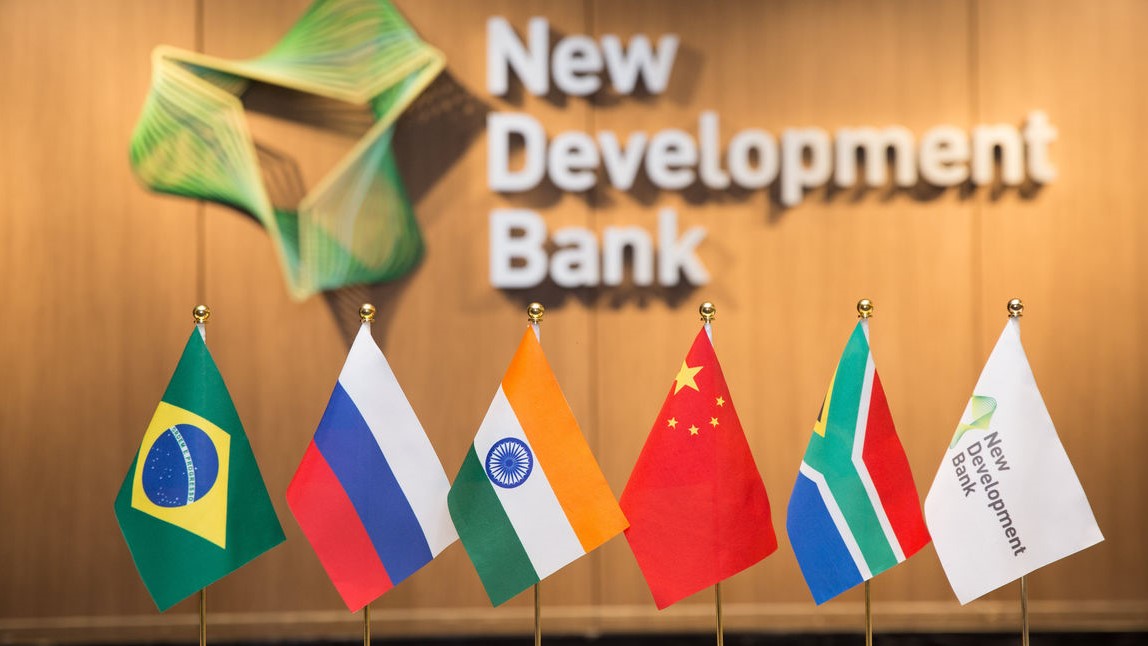In the dynamic landscape of global finance, emerging markets have become key players, attracting investors seeking high-growth opportunities. Among these markets, the BRICS nations—Brazil, Russia, India, China, and South Africa—stand out as formidable contributors to the world economy. In recent years, the focus has shifted towards Buy brics currency online investment as investors seek to diversify their portfolios and tap into the potential of these burgeoning economies.
Understanding BRICS Currencies:
The BRICS nations boast diverse economies, each with its own strengths and challenges. When considering BRICS currency investment, it’s essential to understand the unique characteristics of each currency:
- Chinese Yuan (CNY): As the world’s second-largest economy, China’s Yuan has gained prominence in global trade. The country’s commitment to financial reforms and internationalization has positioned the Yuan as a significant player in the international currency market.
- Indian Rupee (INR): India’s growing consumer market, economic reforms, and technological advancements make the Indian Rupee an attractive investment option. However, it is essential to navigate the complexities of India’s diverse economic landscape and policy environment.
- Brazilian Real (BRL): Brazil, with its vast natural resources and agricultural prowess, contributes significantly to the global commodities market. Investors eye the Brazilian Real as they seek exposure to commodities and the country’s potential for economic growth.
- Russian Ruble (RUB): Russia’s energy resources and geopolitical influence contribute to the appeal of the Russian Ruble. However, the currency’s volatility is closely tied to global energy prices and geopolitical events, making it crucial for investors to stay informed.
- South African Rand (ZAR): South Africa’s Rand is influenced by factors such as mining, agriculture, and political stability. Understanding the country’s economic policies and developments is essential for those considering Rand investments.
Key Drivers for BRICS Currency Investment:
- High Growth Potential: BRICS nations collectively represent a substantial portion of global economic growth. Investing in their currencies allows investors to tap into the potential of rapidly expanding markets.
- Diversification: With traditional markets facing uncertainties, investors are increasingly looking to diversify their portfolios. BRICS currency investment offers an alternative to the more established currencies, providing a hedge against market fluctuations.
- Infrastructure Development: Many BRICS countries are investing heavily in infrastructure projects, presenting opportunities for investors in sectors such as construction, technology, and renewable energy.
- Trade and Investment Agreements: BRICS nations are actively engaged in forming trade and investment agreements among themselves and with other countries. These agreements can provide a favorable environment for currency investors.
Challenges and Risks:
While the growth opportunities are evident, it’s crucial for investors to be aware of the challenges and risks associated with BRICS currency investment:
- Political and Economic Stability: Political and economic stability can vary across BRICS nations. Investors must carefully assess the political climate and economic policies of each country.
- Currency Volatility: The currencies of emerging markets, including those of the BRICS nations, can be more volatile than established currencies. This volatility poses both risks and opportunities for investors.
- Regulatory Environment: Understanding the regulatory landscape of each BRICS country is essential. Changes in regulations can impact the ease of conducting business and repatriating funds.
Conclusion:
BRICS currency investment presents a compelling opportunity for investors looking to diversify their portfolios and capitalize on the growth potential of emerging markets. However, thorough research and a nuanced understanding of each country’s economic and political dynamics are essential for successful investments.
